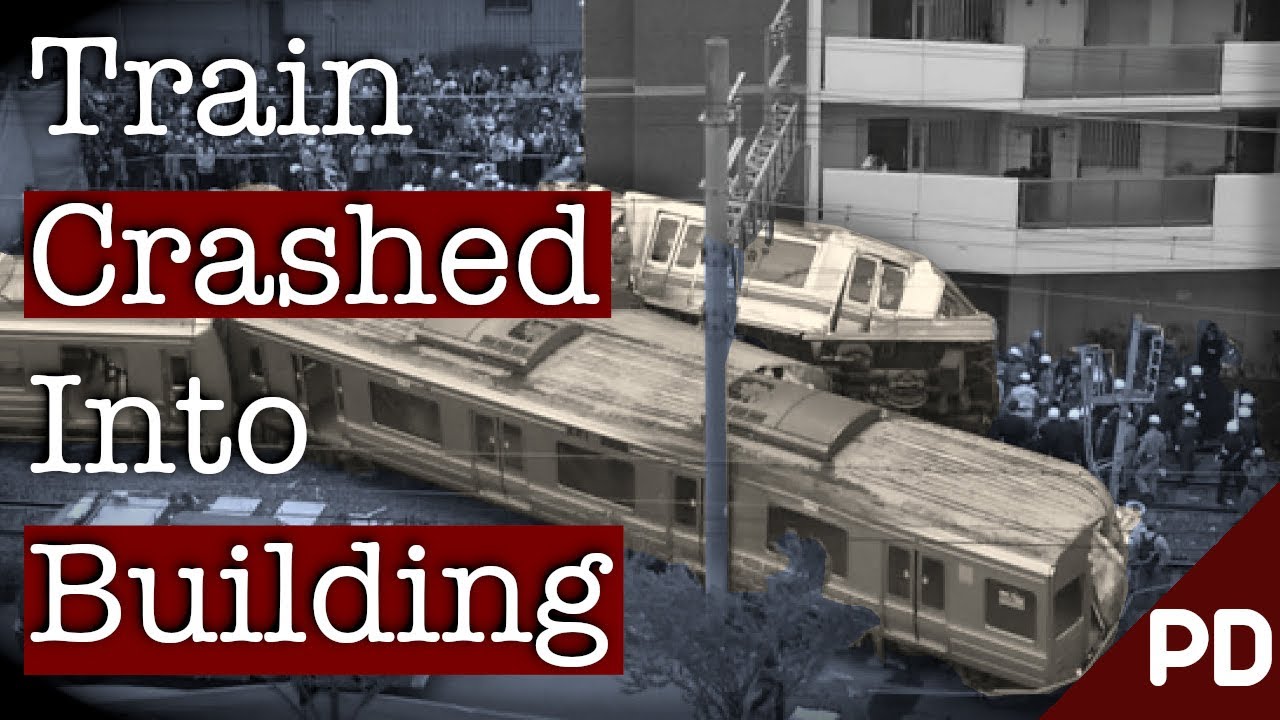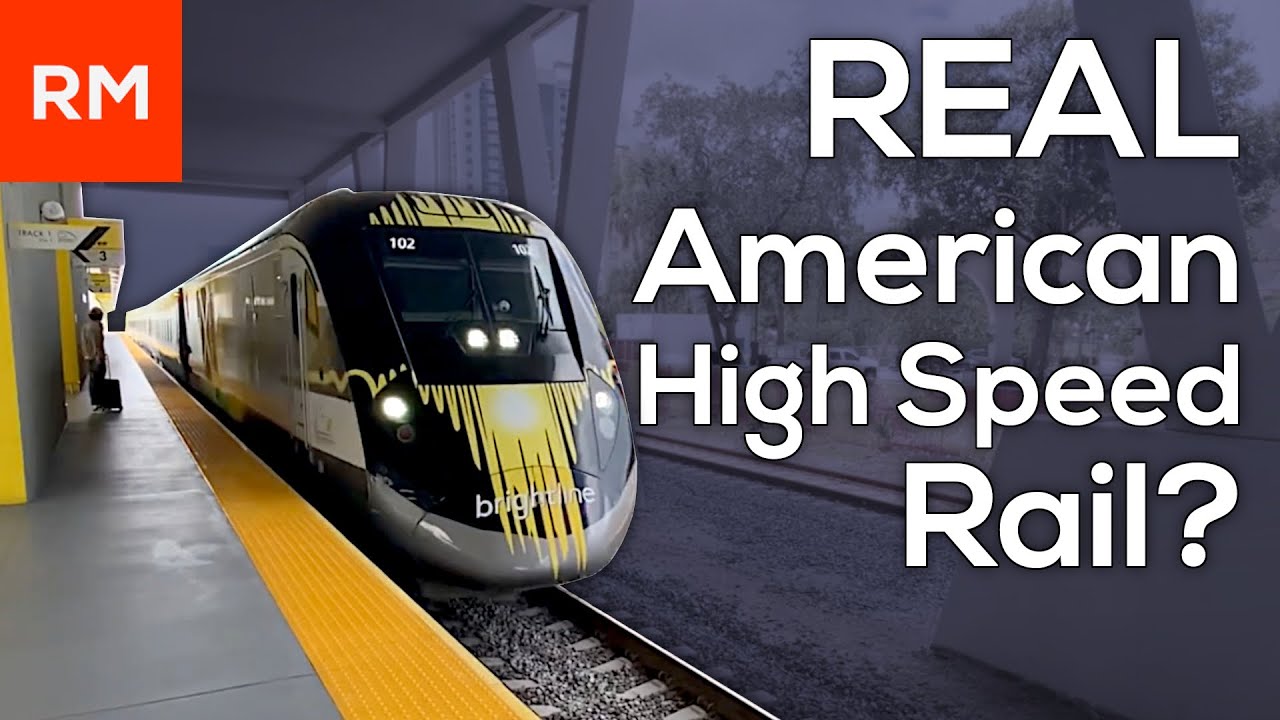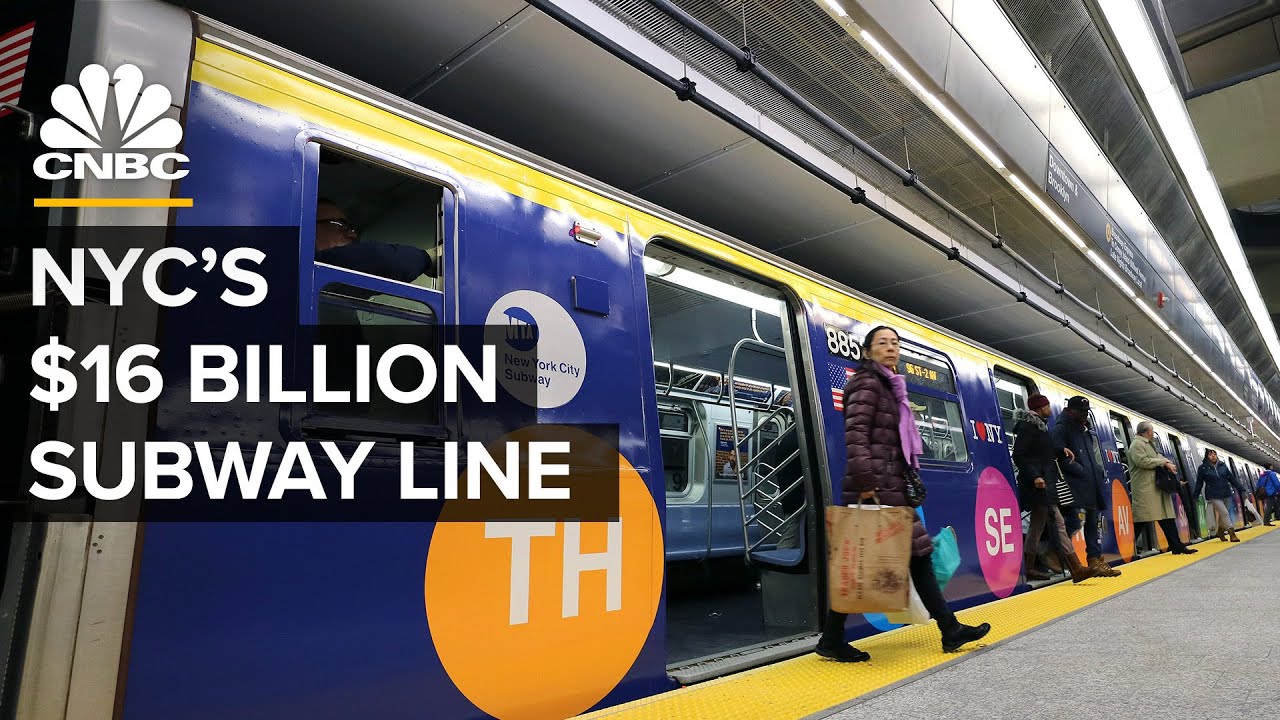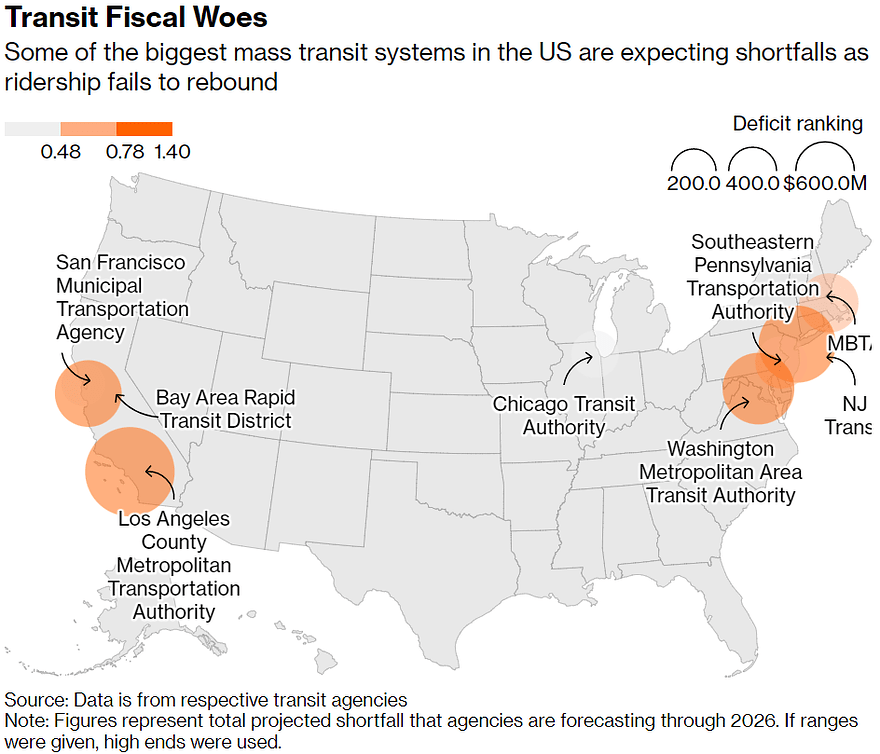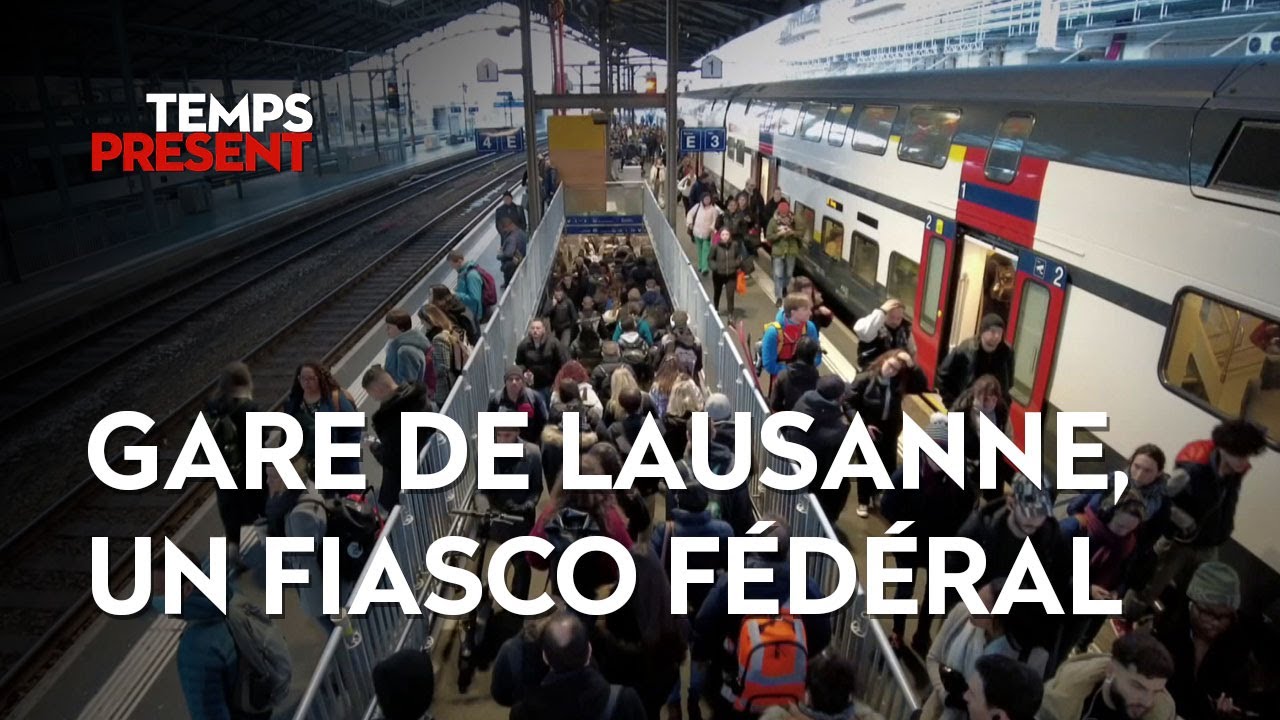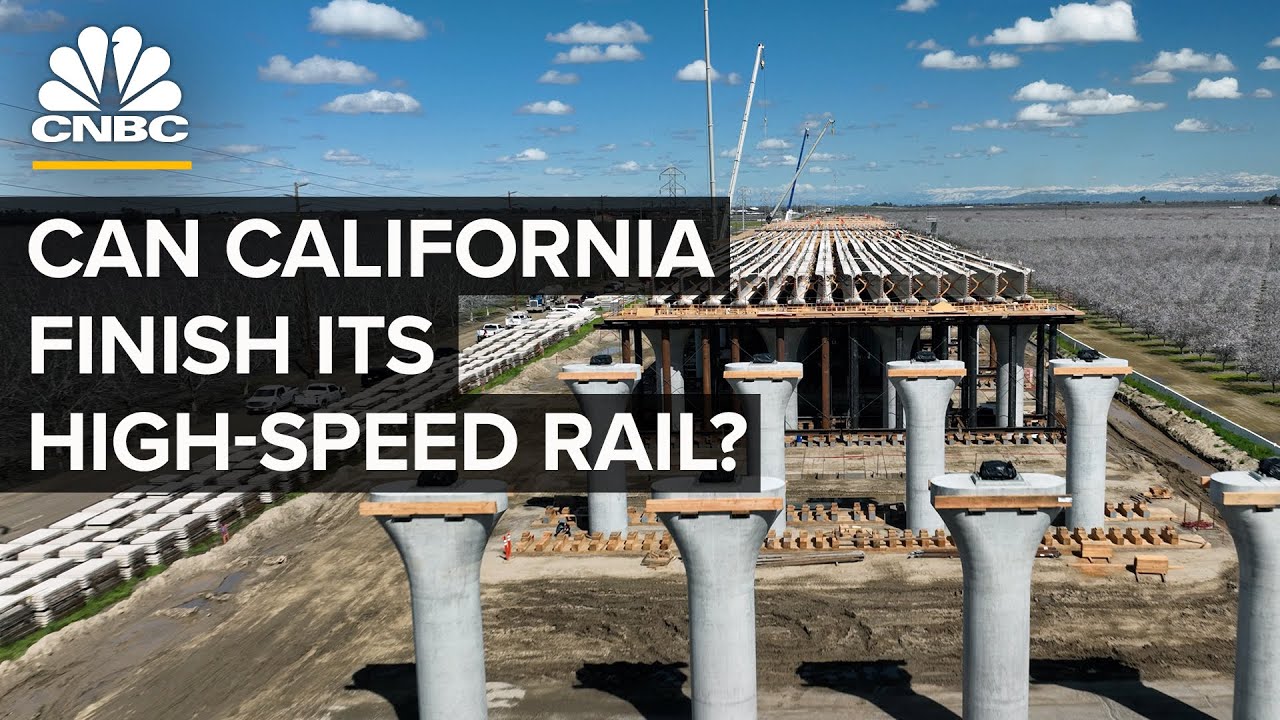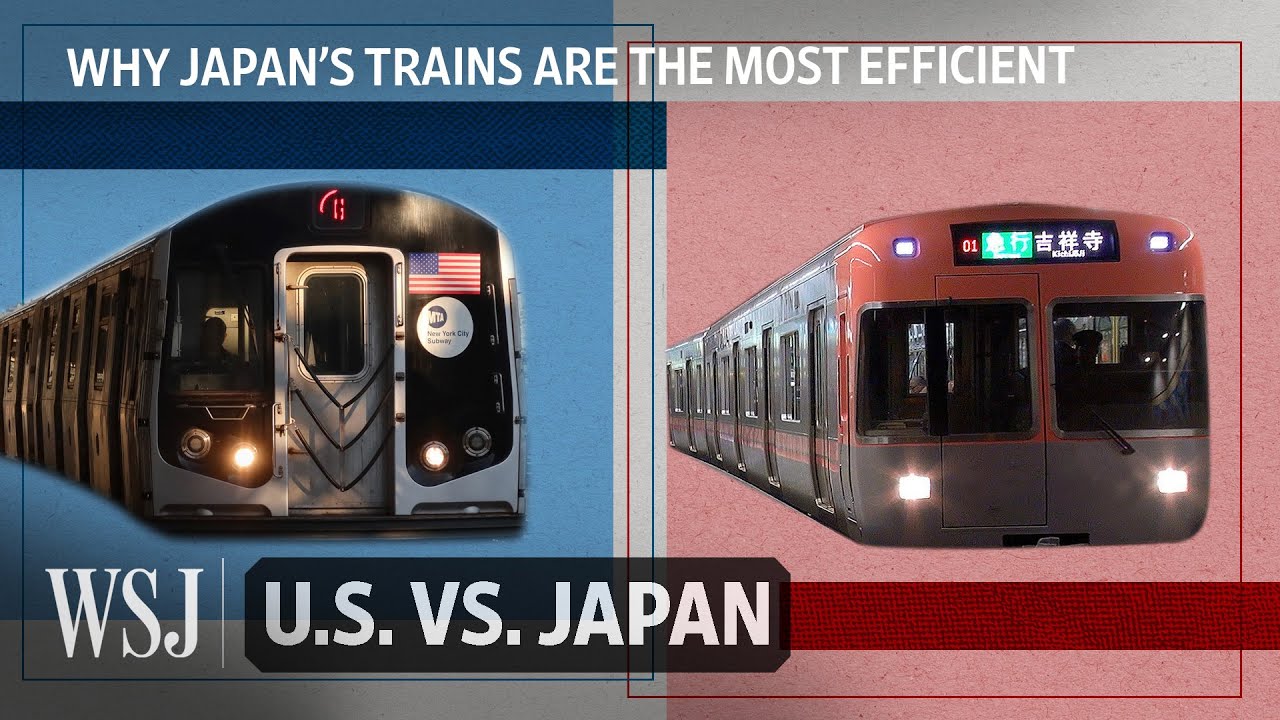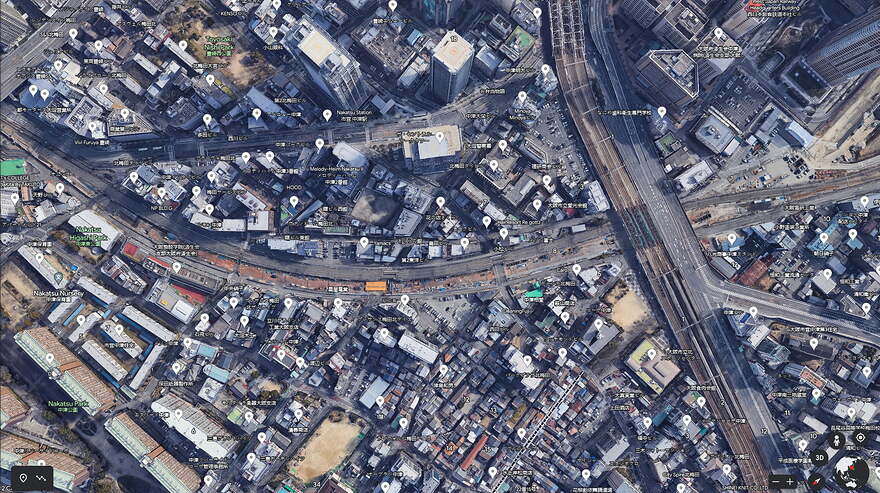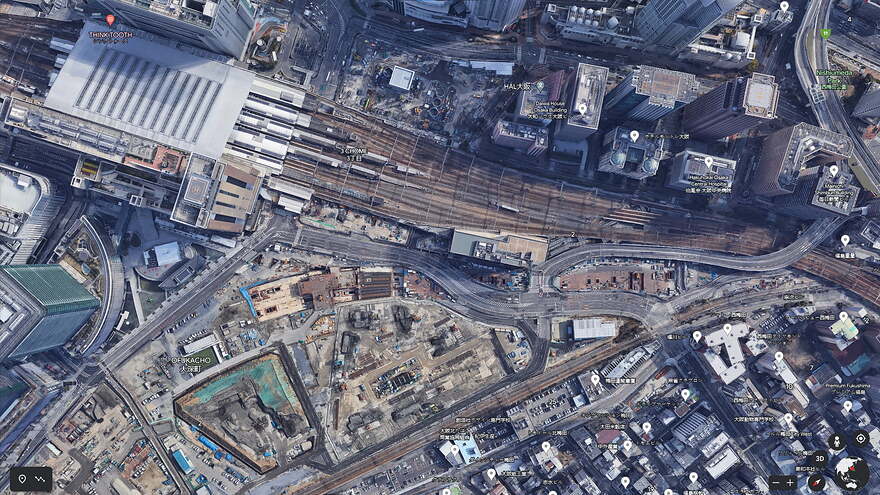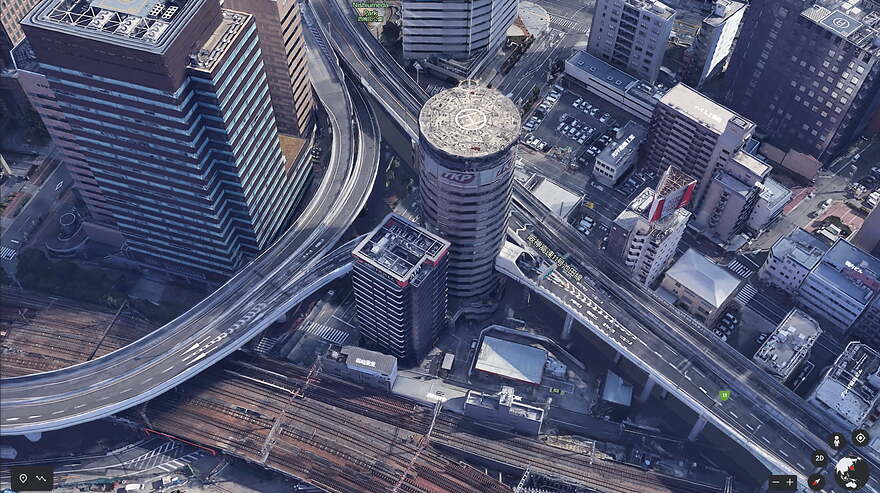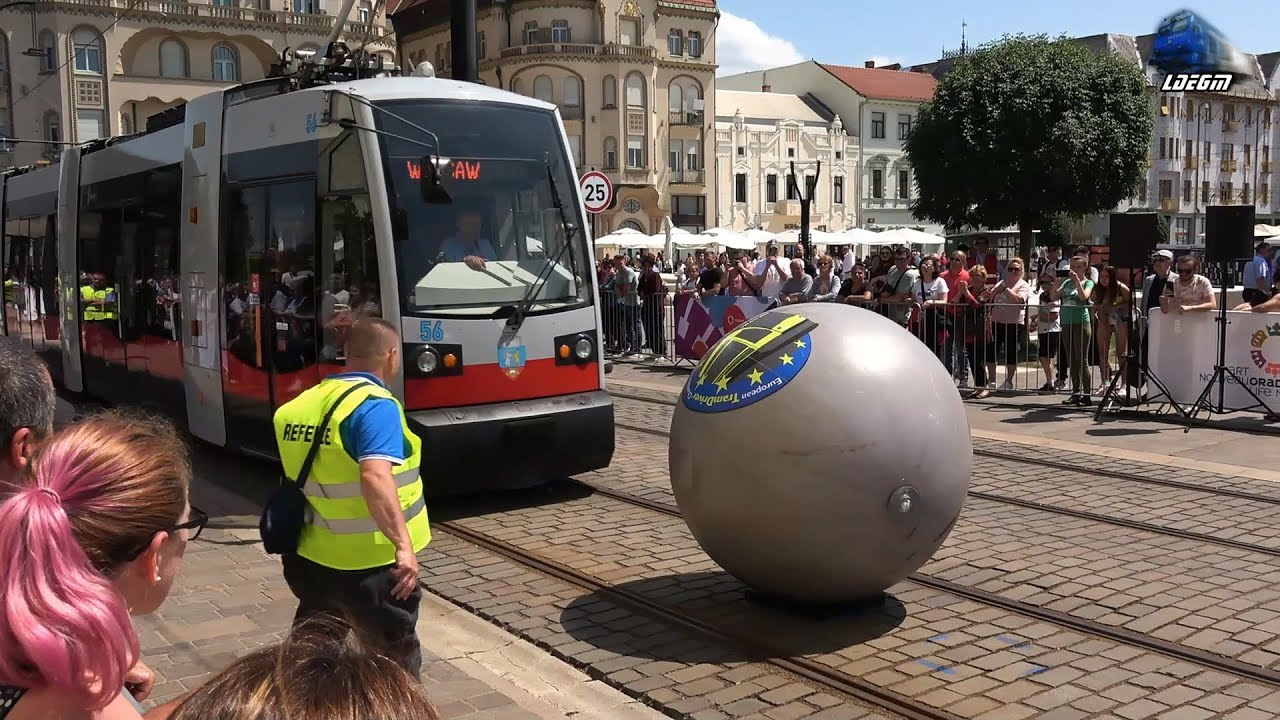La culture Japonaise se characterise par une tendance très lourde au conformisme. Les Japonais apprennent à un très bas âge à obéir aux règles et aux ordres de leurs supérieurs. La société Japonaise se characterise également par une pression énorme venant des pairs. Les résultats de cette manière de faire sont extrêmement impressionnant et difficile à ignorer, mais il y a également des effets pervert. Ce désir de se conformer, de satisfaire aux attentes peut donner ceci lorsque poussé à l’extrème:
Aéroport de Berlin begs to differ…
J’ai vu ce vidéo en buvant mon café! CNBC a vraiment uppé son game par rapport aux enjeux d’urbanisme (en général).
Combien de ces problèmes/solutions s’appliquent au Québec? Très certainement la rareté de ce genre de projet contribue à l’augmentation des coûts, mais pour le reste?
Peut-être le fait que la plupart de nos stations sont quand mêmes grands et profond pourrait aussi contribuer. Ça fait qu’il y a énormément de terre à enlever et déplacer. C’est pas tous les stations, mais comparé au stations qui ont été fait cut and cover à Toronto, c’est beaucoup.
Aussi, j’imagine que nous avons un surplus d’ingénieurs et de consultants sur nos projets et que la main d’oeuvre des cols bleus ne soient pas super bien géré comme à New York, mais je ne suis pas expert.
J’ai hâte de voir plus de détails sur les stations de la ligne bleue, ça donnera un bon indice.
Ton commentaire semble insinuer que Montréal a plus de problèmes que Toronto et New York? J’en doute fortement.
Un des gros problème à New York, c’est qu’il n’y a pratiquement pas aucun espace pour construire un puit d’accès, et encore moins pour construire l’accès d’une nouvelle station. Il faut presque nécessairement exproprier, et à New York, même un petit bout de terrain coûte excessivement cher. À Montréal, il n’y a vraiment qu’au centre-ville où c’est véritablement un problème, et même de là, on peut probablement se connecter à RÉSO et se satisfaire de ça plutôt que de créer de nouveaux édicules.
C’était pas du tout mon intention. Chaque ville a leur propres problèmes. Je voulais juste répondre à Xa1992 où il se demande lesquels peuvent appliquer au situation au Québec et j’ai mentionné quelques exemples du vidéo qui peuvent probablement s’appliquer ici aussi.
Cependant, je crois que nos stations sont quand même profonds en moyenne quand on se compare à Toronto ou New York où tu descends 1 ou 2 escaliers courts et t’es au niveau des trains (surtout dans les stations cut and cover). À Montréal, a part de quelques stations, c’est long comme descente. Je ne veux pas dire que ça ajoute des centaines de millions non plus, c’est juste quelque chose qui contribue au prix élévé du métro quand on se compare à l’Europe ou l’Asie.
En ce qui concerne la profondeur, j’ai tendance à penser que c’est un peu inévitable. Une part importante du réseau à New York a été construit au début des années 1900, à une époque où c’était encore acceptable de démolir des communautés au complet pour construire une route ou une voie ferré. De ces jours, ce genre de pratique ne passerait pas.
L’autre détail important, c’est la géologie de Montréal. De ces jours, la plupart des tunnels sont creusé avec des TBM. Les TBM sont généralement conçu spécifiquement pour un type de sol. C’est donc dire qu’on doit trouver une strate géologique et suivre cette strate. C’est donc le niveau de cette strate qui détermine la profondeur de la station. Une part importante des TBM modernes sont munis d’un bouclier, et peuvent donc gérer des sols instable puisque la voûte est mise en place directement derrière la tête du tunnelier.
Avec des techniques plus conventionnelle, il faut s’assurer de trouver une strate géologique stable qui va conserver son intégrité structurelle suffisamment longtemps pour permettre aux équipes de construction de retirer les débris, stabiliser la voute avec du béton projeté, mettre en place une membrane d’imperméabilisation, construire une cage de barre d’armature avant de bétonner le tout. On s’est donc probablement retrouvé à construire des stations plus profonde de par la nécessité de construire dans des sols stable.
Commuters Ditched Public Transit for Work From Home. Now There’s a Crisis
Without help, agencies warn of higher fares, service cuts
Top transit systems see total $6.6 billion shortfall by 2026
BySkylar Woodhouse
May 9, 2023 at 9:15 AM EDT
The post-pandemic reality for America’s public transportation is bleak. Work from home has solidly set in, leaving transit agencies that rely on fare-box revenue facing a fiscal cliff.
As pandemic aid dwindles, the nation’s biggest transit systems face a roughly $6.6 billion shortfall through fiscal year 2026, according to a Bloomberg tally of the top eight US transportation agencies based on passenger trips. Rising labor costs and inflation are hitting as farebox revenue stagnates after ridership collapsed. Those eight agencies serve regions that combined contribute about $6 trillion annually to the national economy.
Local officials are pressing for help. Last month, the California Transit Association asked the state for $5.15 billion over the next five fiscal years. Without more money, transit officials across the country warn that the public can expect steep ticket price increases and drastic cuts to train and bus schedules, while long-planned expansion projects are on the chopping block. That pleading worked for New York’s Metropolitan Transportation Authority when state lawmakers recently approved a massive bailout.
“If it doesn’t get the kind of funding it needs not just to survive but thrive, service will decrease, people will be unable to rely on it, they will be forced to buy cars if they can, take on massive debt to afford those cars.” said Stephanie Lotshaw, acting executive director at TransitCenter, a public transit advocacy group. “All of these outcomes that we are trying to rectify will get worse if we don’t, if we let these systems fail.”
Transit Fiscal Woes
Some of the biggest mass transit systems in the US are expecting shortfalls as ridership fails to rebound
Source: Data is from respective transit agencies
Note: Figures represent total projected shortfall that agencies are forecasting through 2026. If ranges were given, high ends were used.
Before the pandemic, about 7.8 million people — or 5% of the US workforce — used public transit, according to the US Census Bureau. That included about 2 million in the New York City region and more than one-third of workers in the San Francisco Bay area. Ridership nationwide has rebounded to about 70% of pre-pandemic levels, but experts warn a full rebound may never happen.
Here are the financial problems facing the eight biggest transit agencies:
New York’s Metropolitan Transportation Authority
New York’s Metropolitan Transportation Authority, the nation’s largest mass-transit system, estimates that it may take until 2026 for system-wide ridership to reach 80% of 2019 usage.
The MTA had initially projected a $600 million deficit this year that was estimated to grow to $3 billion in 2025 as federal pandemic aid runs out. It won a reprieve when New York Governor Kathy Hochul and lawmakers reached a last-minute deal in April to raise the payroll tax on New York City’s largest businesses to bring in about $1.1 billion for the agency. Lawmakers also agreed to provide another $300 million in one-time state aid to the transit agency. Another $65 million will allow the MTA to reduce this year’s planned 5.5% fare hike.
“This is a national problem,” Janno Lieber, the MTA’s chief executive officer, said in March. “Solving the MTA deficit is not a one year thing, we gotta do it in a way that is going to be a permanent solution for years to come.”
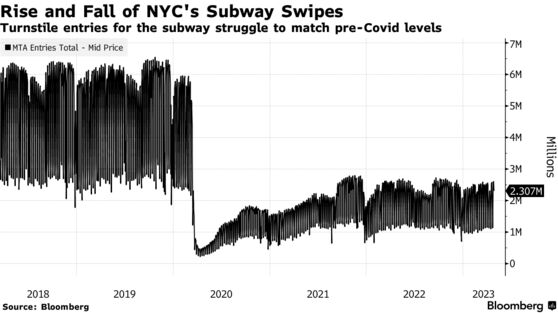
Bay Area Rapid Transit District
San Francisco’s Bay Area Rapid Transit, which serves six million people in a region that’s home to Twitter Inc., Salesforce Inc., and Uber Technologies Inc., in 2019 saw about 66% of its operating budget from fares, one of the highest percentages in the nation.
Ridership has only returned to about 40% of pre-pandemic levels. That means that when federal funding runs out, the agency projects a deficit of $340 million in fiscal year 2027-2028. The city’s public transit has been hit particularly hard because of its heavy concentration of technology jobs that can easily be done from home and from the rout in the industry that’s led to tens of thousands of layoffs.
“If BART doesn’t find new funding sources and the federal emergency money runs out, cutting service and operating hours, and closing some stations will be on the table,” General Manager Bob Powers said.
That fiscal strain is threatening its AA credit rating, which could make it more expensive to borrow. And that’s crucial as it ponders building a second trans-bay tube at a cost of about $29 billion. BART is also expanding to downtown San Jose and Santa Clara, an approximately $9 billion project.
Leaders in the region are drafting a ballot measure for 2026 that would ask voters there to fund public transportation. And lawmakers who represent the region are appealing for steady state funding at a time when Governor Gavin Newsom is proposing slashing $2.7 billion from the transportation sector.
The San Francisco Municipal Transportation Agency, which operates buses and cable cars in the city, has seen its ridership climb to about two-thirds of pandemic-levels. Still, it’s anticipating a $130 million deficit in fiscal 2025. That gap had been covered by the federal government, but that money is expected to run out in the next two years, leaving the agency $234 million in the hole by 2028.
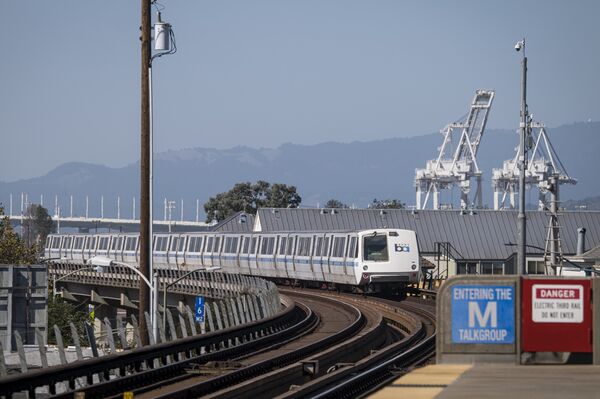
A Bay Area Rapid Transit (BART) train leaves a station in Oakland, California, U.S., on Monday, Oct. 26, 2020.
Photographer: David Paul Morris/Bloomberg
Los Angeles County Metropolitan Transportation Authority
The subway, bus and light rail system in Los Angeles known as Metro last year saw ridership reach about 70% of 2019 levels, with a system-wide farebox recovery estimated at 6%, which is the percentage of expenses that are covered by fares. Metro officials say they can lean on federal assistance through the end of the upcoming fiscal year that begins in July. After that, Metro is anticipating a $400 million deficit in 2025, and $1 billion shortfall in 2026.
Metro says that in order to bring back and retain ridership the system has implemented a series of discounted and free fare programs, which puts further strain on the availability of eligible funding and its take from sales taxes dedicated to transit.
And now that California is mandating the phaseout of diesel fuel that transition has costly implications for LA Metro, which has one the nation’s largest bus fleets. Metro is looking to reach its zero emissions target by 2030. The agency is also seeking to expand its subway system ahead of the 2028 Olympics, another expensive endeavor.
Massachusetts Bay Transportation Authority
MBTA, which offers subway, bus, commuter rail and ferry service to eastern Massachusetts and parts of Rhode Island, faces a shortfall of $139 million in fiscal 2025 and $475 million in fiscal 2026, according to projections using conservative ridership figures. The agency says that one-time reserve revenues are projected to fix the budget gaps in fiscal 2024 and 2025 but say the actual shortfalls will come down.
That deficit comes after a federal safety report last year criticized the transit agency for prioritizing long-term projects over day-to-day necessities.
Aside from its deficit, like many transit agencies, MBTA is suffering from labor shortages. A report released April 3 by the Massachusetts Taxpayers Foundation says the system needs to hire and train 2,800 workers in the next 12 months to safely and reliably operate and maintain its agency. In an effort to hire workers the agency is offering a $7,500 sign-on bonus for eligible roles, such as bus operators, rail repairers.
Washington Metropolitan Area Transit Authority
At the Washington Metropolitan Area Transit Authority, which serves an area that is home to almost 283,000 federal workers, weekday rail ridership has only reached about 50% of pre-pandemic levels with bus at about 80%. The authority is projecting a budget shortfall of $738 million in fiscal 2025, a gap that will grow to more than $900 million by fiscal year 2029.
Metro, as the agency is known, operates 97 train stations and 128 miles of track and 1,500 buses serving 4 million people within a 1,500-square mile jurisdiction.
Washington’s commuters are slow to come back as federal employees embrace working from home and and have been reluctant to return to the office. The slow return has the city’s Democratic mayor joining Republicans to end teleworking.
Officials say they expect revenue growth of $28.5 million thanks to improving ridership, parking, advertising and joint development revenue.
Southeastern Pennsylvania Transportation Authority
SEPTA, which serves five counties in the greater Philadelphia area and connects to transit systems in Delaware and New Jersey, is back to about 60% of pre-pandemic ridership. It is seeing about 600,000 passenger trips per day, compared to about one million pre-Covid.
The system is expected to see federal funding run out in early to mid 2024 with a $240 million deficit annually. The transit provider is anticipating significant fare increases and services reductions starting in fiscal year 2025. Pre-Covid, about 38% of SEPTA’s operating budget expenses were paid by fare revenue, compared to about 21% now with ridership lagging 2019 levels.
New Jersey Transit
New Jersey Transit, the largest US statewide commuter bus and rail provider, says weekday rail ridership is back to about 80% to 90% of what it was before the outbreak, President Kevin Corbett said at an April board meeting.
Still it anticipates a $119 million gap for fiscal year 2025, the last year the agency has Covid aid, according to budget documents. That’s expected to climb to a $957.8 million shortfall in 2027.
The agency has proposed a $2.87 billion budget for fiscal year 2024, including a $140 million state subsidy that’s up $40 million from the previous year, budget documents show.
Chicago Transit Authority
From hedge fund Citadel to the headquarters of Boeing Co., some high-profile companies have left Chicago, adding to the fiscal challenges facing the Chicago Transit Authority as remote works keeps ridership at about 54% of pre-Covid levels, according to 2022 data. The CTA is facing projecting budget holes of approximately $400 million annually going forward with federal relief funds available to cover the gaps through early 2026.
CTA president Dorval Carter in an interview said that crime is impacting the agency’s ridership recovery along with remote work.
Carter said the CTA is looking to diversify its subsidy streams so that it can be in a better position to have financial stability. Whether that will be so-called congestion pricing, which is on the table in New York City, or working with the state to find long-term funding solutions, the CTA is exploring ways to fill their shortfalls.
— With assistance by Michelle Kaske and Eliyahu Kamisher
J’étais en train d’écouter ce reportage très intéressant sur le parcours très compliqué du chantier d’agrandissement de la gare de Lausanne, en suisse romande.
La suisse a beau construire beaucoup de transit, on est pas à l’abri de ce genre de projet au déroulement infernal très couteux.
Pour contexte, Lausanne est un ville de 500k habitant (agglomération), la gare de lausanne voit transiter 160k / jour, avec pour projet de doubler ça pour (originellement) 2030
Quand on voie ce qui se passe en Suisse, on se console.
Ce cas détonne surtout à cause du haut niveau de qualité du train (urbain et interurbain) Suisse. Oui Lausanne à longtemps été à la traîne, mais l’offre est aussi bien mieux qu’ici.
Speaking of Japan… Their cities are way denser than ours and yet, they still consider cut and cover to be a viable construction method.
Btw, that’s right next to this world famous building. Yes, that’s a highway ramp going through a building.
